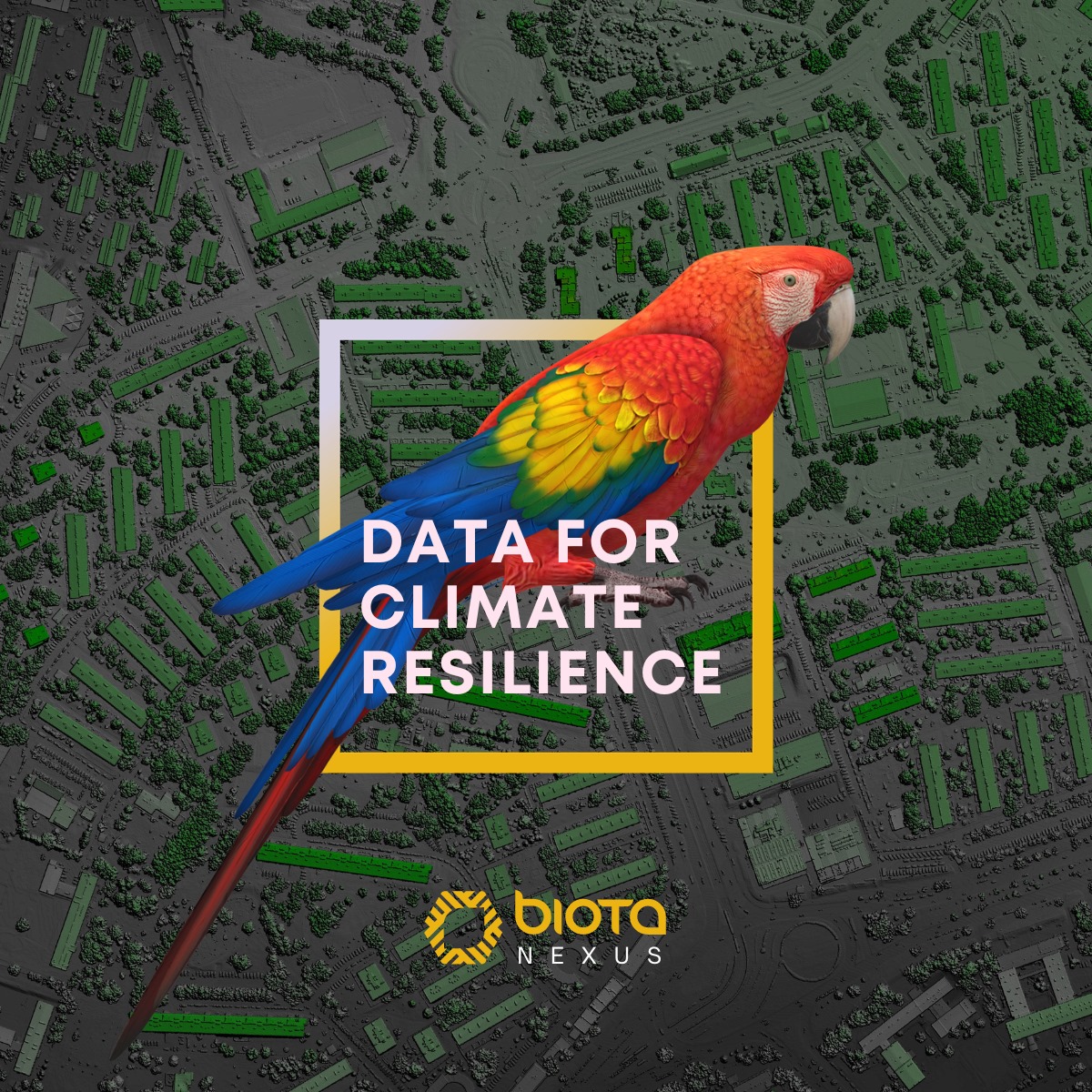Did you know nations and corporations face challenges in achieving quick decarbonization? Only 10% of the countries from the Paris Agreement are on track with their commitments; even worse, increased countries are emitting more CO2 since then. Dr. Jennifer Jenkins did a great exercise that we needed to highlight.
Based on IPCC, the reduction goal is 500Gt of CO2 (1 Gt is equal: to 5.5 million blue whales, 3 million Boeing 747 jets, 2 million International Space Stations, and 20,000 RMS Titanic ships, it’s a lot), taking into consideration that the new Climate Tech will be able (supposedly) to capture an amount of 40Gt of CO2, and considering an ideal scenario where all corporations meet with their reduction goals, this might leave at least 100Gt of CO2 Gap by 2050. Yes, sad news (but not new) we won’t going to make it.
The implementation gap is real, but a solution is available today – nature-based projects! Let’s explore the key insights from an eye-opening article:
Scaling Carbon Removal: While durable carbon removal holds promise, it’s still in the initial stages of development. This brings us to the mature projects in the Voluntary Carbon Market (VCM), which are nature-based. These projects protect land-based carbon stores like tropical forests or restore natural ecosystems like forests and mangroves, offering temporary carbon removal.
Nature’s Impermanence: It’s important to note that these nature-based projects aren’t identical to neutralizing emissions from fossil fuels. Individual trees have finite lifespans, and disturbances can impact forests. However, forest systems can endure for centuries to millennia. Costa Rica is a notable example of that; the dynamics in the tropical forests are key and ecologically balanced.
Bridging the Implementation Gap: We don’t need permanent carbon storage from these projects. Instead, we require them to hold and absorb carbon until decarbonization plans, policies, and technologies catch up. Investing in high-quality nature-based projects is a no-regrets option, helping us stay on track and avoid overshooting climate targets.
Immediate Benefits: The beauty of investing in nature is that it allows us to act today instead of waiting for future carbon solutions. Moreover, investing in nature has multiple advantages. For instance, carbon-dense forests most at risk are found in emerging nations with limited funds for community development and nature protection. With the right incentives, the VCM can direct funds from the private sector to the Global South, where the need is greatest. Additionally, investing in nature safeguards critical species and biodiversity, a cause we can all rally behind.
Let’s seize the opportunity to invest in nature today and build a sustainable future. Together, we can bridge the gap, protect our planet, and achieve our climate goals. 🌱🌍
https://energyeducation.ca/encyclopedia/Gigatonne#ClimateChange #Sustainability #Conservation




